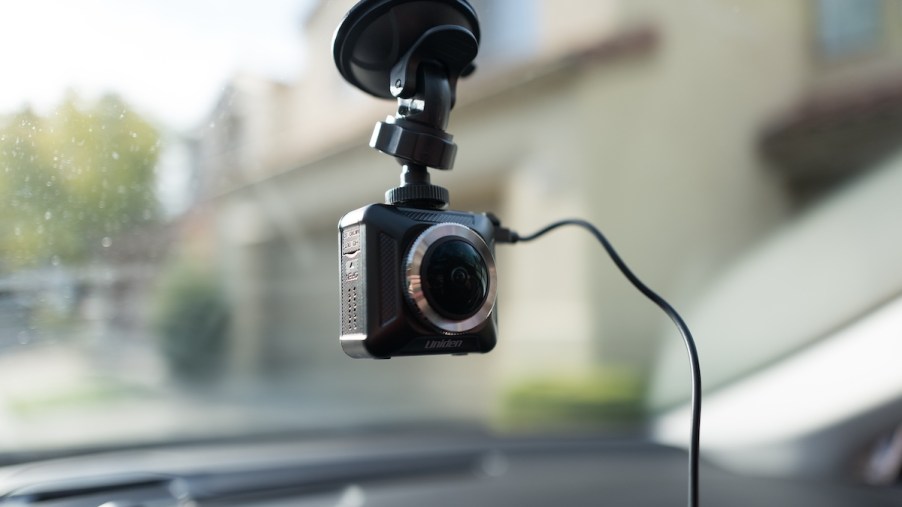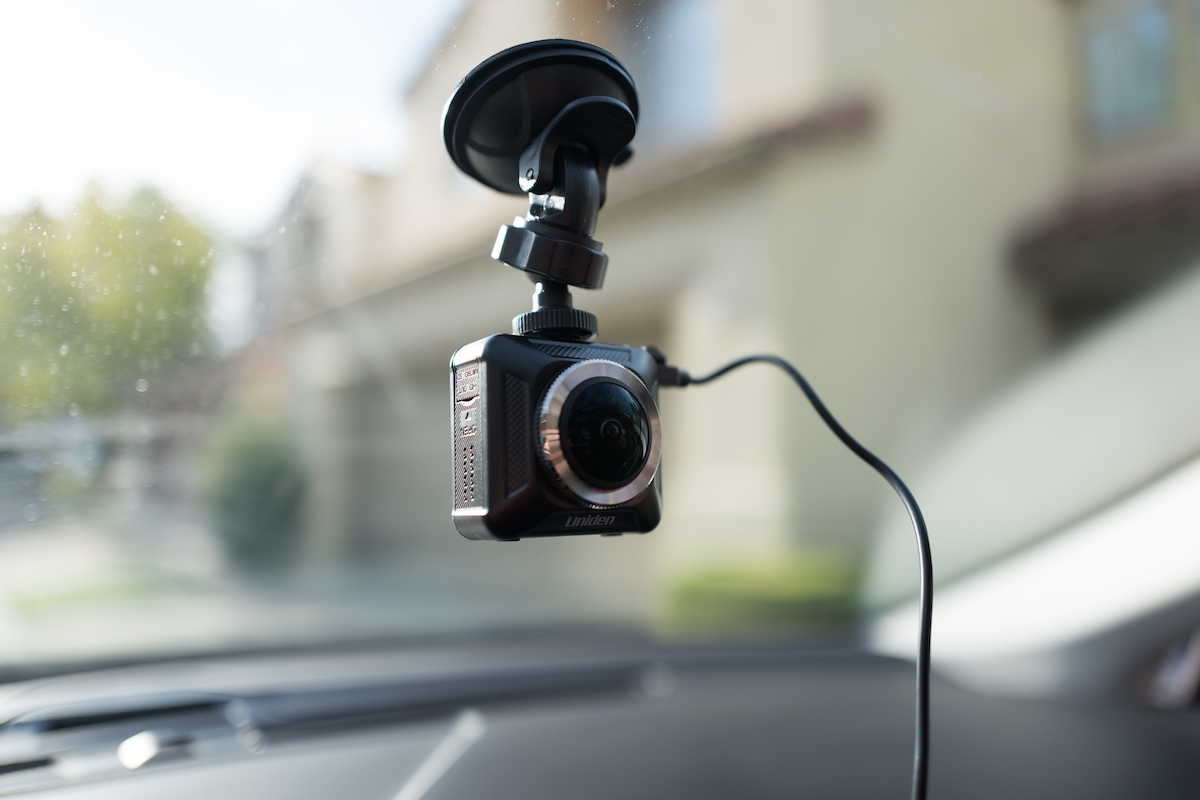
Never Buy a Dashcam Without These Features
You might’ve heard that every driver should have a dashcam. They’re helpful accessories and silent witnesses on the road. But before you rush out to buy one, know which features are must-haves and which are optional.
How much does a dashcam cost?

The main reason for installing an aftermarket dashcam in your car is for personal security and safety. These small cameras become silent witnesses during traffic stops, collisions, or any other incidents. They provide peace of mind and evidence for insurance claims, and they can be used to prove innocence in court.
Aftermarket dashcams are small devices mounted to the windshield or dashboard, and they record events outside your car. Some models can also record rear-facing video and audio inside a vehicle. Dashcams cost about $50 to $200 or more depending upon the features. These devices generally come with 4G LTE, Bluetooth, or Wi-Fi connectivity.
Though most dashcams are aftermarket accessories, some automakers now build them into cars. In particular, some Tesla and BMW models come equipped with surveillance cameras integrated into the vehicles’ systems. Tesla’s system identifies threats and turns the cameras on automatically. BMW’s suite of cameras provides a 360-degree view around the car’s exterior.
Must-have and nice-to-have features
Look for these must-have features when shopping for a dashcam: Among the most important are automatic recording, Bluetooth connectivity, and motion sensing, Consumer Reports says. Another essential feature is high-definition video. The higher the video quality, the better you can see the details of the scene. Low-light capability, a long loop time, and plenty of storage are also must-haves.
Features that are nice to have are a motion detector to trigger the camera when parked, GPS, and Wi-Fi to establish the date, time, and location of every incident. An LCD screen and an inward-facing camera are also options that can be helpful. But know the laws where you drive — video and audio recording of passengers in your vehicle could be illegal.
If possible, Consumer Reports also recommends professional installation to connect the dashcam to your car’s battery. That also ensures the camera is neatly integrated with your vehicle’s interior.
Reasons to use a dashcam
Dashcams will increase your overall safety and security for multiple reasons. Most important, they provide footage of any altercation or interaction you have while driving. Cameras are neutral witnesses if a police officer pulls you over. Note: Consumer Reports recommends that you inform any officers they are being recorded at traffic stops.
A dashcam can also be helpful when you’re not driving, acting as a guardian when your vehicle is parked. Most dashcams come with apps that can notify you through your smartphone if anyone hits or breaks into your car. They also provide some personal security if someone approaches you while your car is stopped or if you are alone in a parking lot.
On the road, a dashcam offers video corroboration in case you get into an accident. More expensive models are equipped with an impact sensor that automatically creates a separate file. It will continue recording up to five minutes after the accident occurs. Dashcam evidence can prove your innocence in a court of law and can also act as evidence for insurance claims.
But be warned: The legality of dashcams in any given state can change at any time. So before installing one in your vehicle, consider consulting a lawyer, contacting local law enforcement, or reading the relevant code or laws yourself.


